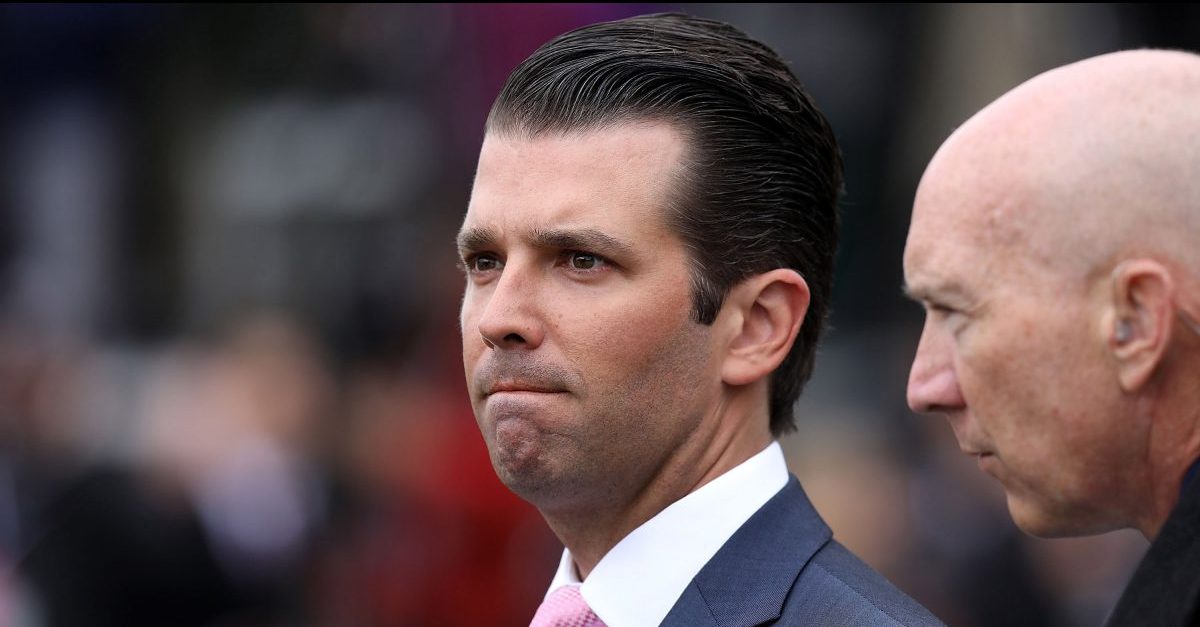
A new court filing from Special Counsel Robert Mueller‘s office in Virginia federal court aims to justify the raid conducted at the home of former Trump campaign manager Paul Manafort last July. Manafort has been fighting to suppress any evidence collected in the raid, and Mueller is now arguing that investigators acted properly pursuant to a warrant that specified exactly why they were there and what they were looking for. In addition to offenses related to Manafort’s work in Ukraine (for which he is currently facing charges), Mueller’s team was also apparently looking for evidence related to Donald Trump Jr.‘s Trump Tower meeting with a Russian lawyer in June 2016.
In a list of reasons for the raid, Mueller included the following in his Monday night court filing:
Communications, records, documents, and other files involving any of the attendees of the June 9, 2016 meeting at Trump Tower, as well as Aras and Amin Agalorov;
That meeting, of course, appears to be the one organized by Donald Trump Jr., that involved Russian attorney Natalia Veselnitskaya, who he believed to have dirt on Hillary Clinton. Manafort was known to have been in attendance at the meeting, which is believed to be evidence that senior members of the Trump campaign were at least interested in the possibility of colluding with Russians. Trump Jr. claimed that the meeting was unproductive.
The campaign’s initial response to reports of the meeting came under scrutiny, as it misleadingly claimed it was about Russian adoption policies. Mark Corallo, a former spokesperson for the Trump legal team, reportedly said that he was concerned about possible obstruction when Hope Hicks said that emails revealing the true nature of the meeting “will never get out.”
While Manafort is not facing any charges related to this meeting, it’s unclear what information Mueller’s team collected related to the other attendees. What is also unclear is what specific offenses Mueller was investigating when he sought this information. His court filing said that the raid was pursuant to a list of “Subject Offenses,” but it did not say what those offenses are.
In addition to explaining the reasoning behind the raid, Mueller details the care taken in the collection of data. He says that a filter team was used to protect a set of material that was “flagged” as potentially containing privileged information, and that copies of electronic data were made so that Manafort could keep his devices. The filing also challenges reports that it was a “no-knock” warrant meant to keep Manafort from destroying evidence. A footnote states, “The warrant application had not sought permission to enter without knocking.”
[Image via Chip Somodevilla/Getty Images]
Have a tip we should know? [email protected]